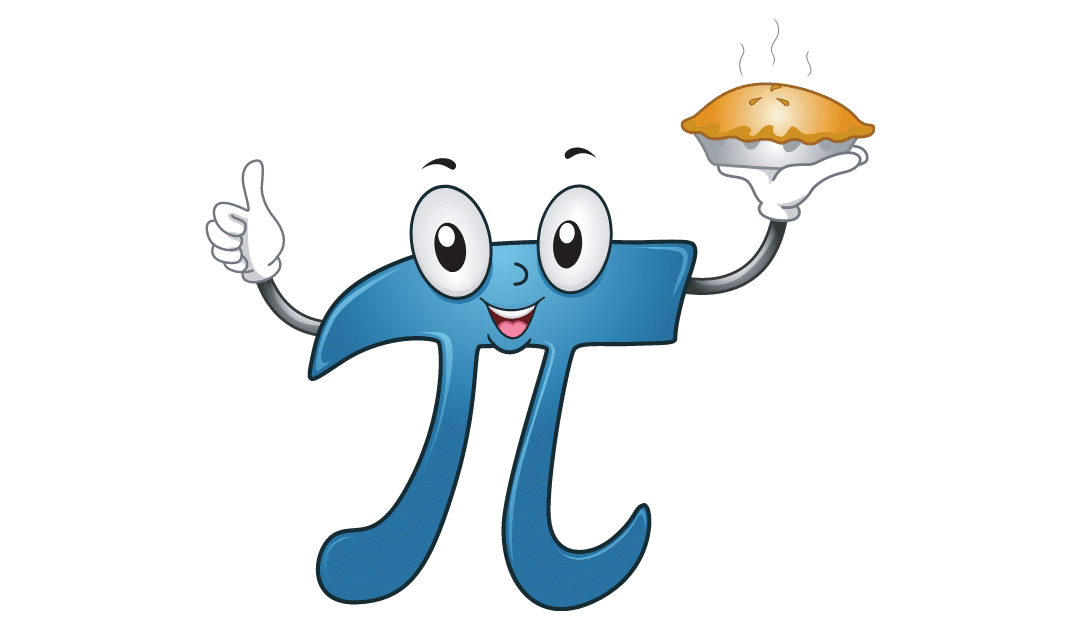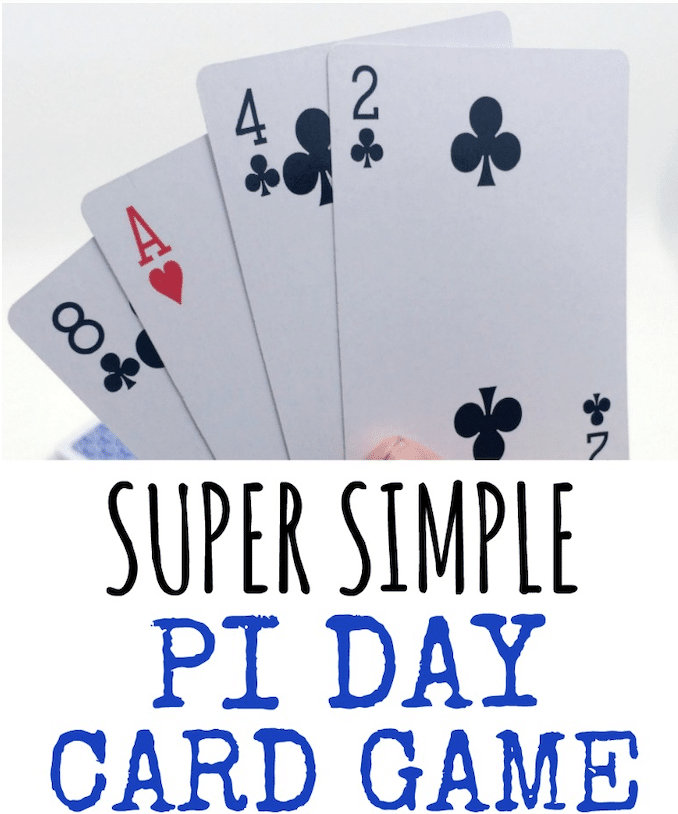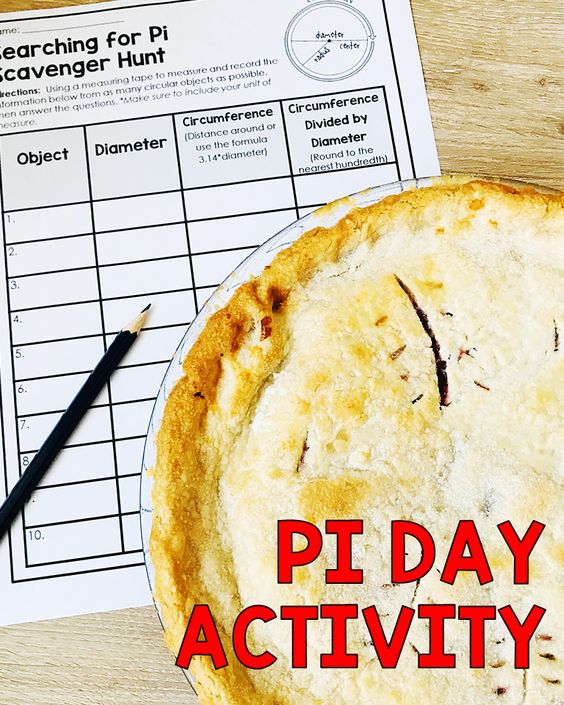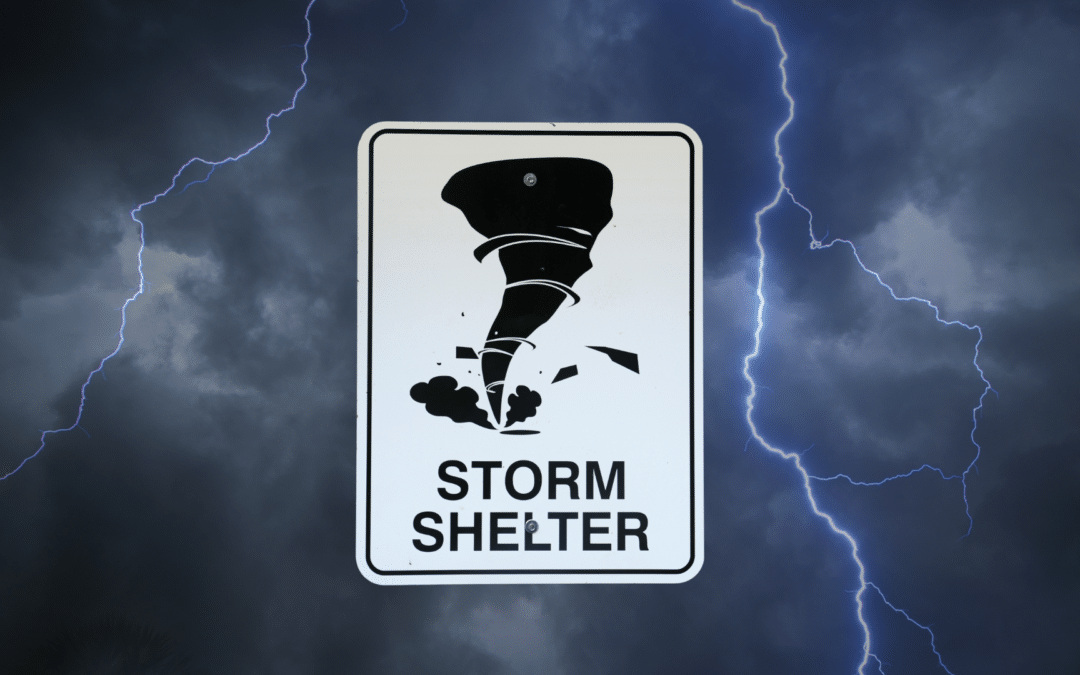
by California Casualty | Safety |
Spring storms – including lightning, hail, flooding, high winds, and even tornadoes – can catch you or family members away from home. Finding safe public shelter during severe weather can be hard enough, but coronavirus has made that (like everything else!) even more difficult.
Follow these tips to stay as safe as possible from the storm and the virus.
First things first: Sheltering during a pandemic
Your number one priority during a severe storm is finding a safe place to shelter; the second priority is protecting against Covid-19. In other words, don’t let a fear of the virus preclude you or family members from seeking life-saving shelter. That said, shelters that are open will most likely post notices that those who seek shelter to do so at their own risk. If they’re able, they may provide hand sanitizer, hand-washing stations, and perhaps even face masks. They’ll also be strict about occupancy limits.
Know where to go
Depending on the size and population of your area, there may or may not be designated public storm shelters in your community. Check with your local emergency manager or fire department, the American Red Cross, FEMA, or other emergency weather preparedness body well ahead of the storms for shelter locations. From there, check to see which shelters are open and operating during the pandemic – you may find that some have decided to close until the virus is under control.
Where to go
When a storm does hit, even designated shelters that are open during the pandemic may close their doors due to overcapacity (public shelters aren’t designed for thousands of people). If you end up needing to find shelter on the fly, remember these tips.
-
- If seeking shelter in public buildings, seek out substantial ones. Reinforced concrete buildings are usually stormproof.
- Small rooms, such as restrooms, storerooms, windowless closets, or other small sturdy rooms, are better than large ones.
- Auditoriums and gymnasiums are not generally safe.
- Avoid high walls that could collapse.
- Get underground or under a table. Cover your head.
- If basements are not available, go to a first-floor room.
- Stay away from windows, glass, and large rooms.
- Do not shelter in a mobile home or vehicle.
Protecting against COVID
If you are able to get into a shelter (or end up sheltering with others at a non-designated location), follow the same COVID precautions that are habit by now: social distancing as much as possible, always wear a mask, and use hand sanitizer and/or wash hands frequently. Cover your sneezes and coughs and avoid touching high-touch surfaces. Try not to share food or drink with anyone, if possible. If you made it into a shelter, they will have policies and rules for protecting public health as much as possible – follow all instructions from the shelter staff.
Plan ahead
With all these various factors to deal with, you can give yourself and your family an edge by preparing in advance. Your two best weapons will be: Having a personal/family plan and staying informed. So, before the storms come:
- Make a plan. Ensure that you and your family have a plan for severe weather events. For example, if your kids are at baseball practice or you’re at work or running errands, make sure everyone knows where to go if severe weather hits. Know the local shelters that are open during the pandemic, add them to your family’s emergency plan, and make sure all family members know and can act upon the plan.
- Tune in and stay aware. All family members need to stay informed by trusted sources. Set up redundant sources of information so that you don’t miss any alerts. These might include:
-
- Phone apps and emergency/weather websites
- Programmable all-hazard radios
- Local news stations and media
- Carry supplies in your car at all times. This is a great time to double-check your vehicle’s emergency kit (and for that matter, your grab-and-go emergency kit). Replace batteries, food, water, or any other items that may be expired. If you haven’t already, add coronavirus supplies as well – masks, hand sanitizer, and soap.
It can’t get much worse than a severe storm during a pandemic, but knowing what to do and how to protect yourself and your family can give you an added layer of security and confidence.
This article is furnished by California Casualty, providing auto and home insurance to educators, law enforcement officers, firefighters, and nurses. Get a quote at 1.866.704.8614 or www.calcas.com.
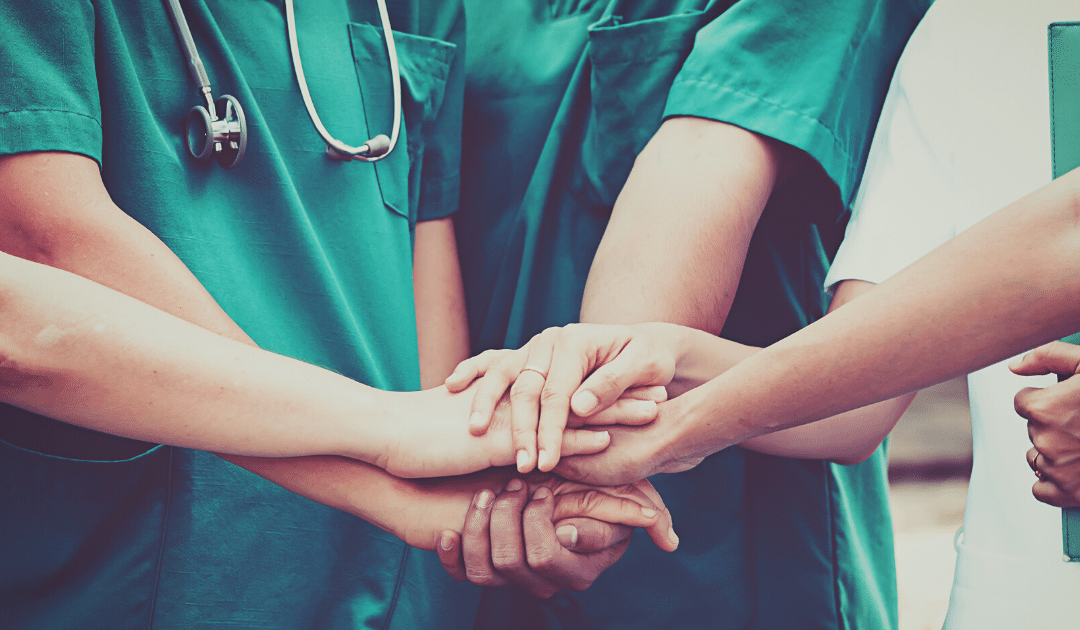
by California Casualty | Nurses |
Women’s History Month celebrates the innumerable contributions of women to American society. Given that 91% of nurses are women (and an even higher percentage historically) – it seems fitting to honor women’s history by looking back on how the nursing profession began and grew in the U.S.
This profession has been and continues to be built by a legion of extraordinary women who helped shape modern health care as we know it today. These pioneering figures fought for the care and treatment of the sick; developed a rigorous educational and professional nursing practice; invented new techniques, technologies, and systems; advanced gender and racial equality; and brought their skills and expertise to bear on many other fields.
Those advancements and achievements are evident in this abbreviated timeline of nursing in America – with some surprises along the way!
A Nursing Timeline
1800 – 1900
1820 – Florence Nightingale is born in Florence, Italy. She will become a social reformer, statistician, and founder of modern nursing. She trained as a nurse in Egypt, Germany, and France and also worked in Turkey before returning to the U.K.
1841 – Dorthea Dix testifies in legislature about the poor treatment of patients with mental illness. Her work as an advocate of the mentally ill would eventually create the first mental asylums in the US. She would go on to serve as Superintendent of Army Nurses during the Civil War.
1859 – Florence Nightingale publishes her views on nursing care in “Notes on Nursing,” which informs the tenets of modern nursing practice.
1861 – 1865 – During the Civil War, the American Army Nurse Corps triages and treats soldiers.
1873 – 1889 – The Bellevue Hospital School of Nursing is founded in New York City as the first nursing school in the United States. Shortly after, training schools are established in Connecticut and Boston.
1881 – Clara Barton founds and becomes the first president of the American Red Cross.
1886 – “The Nightingale,” the first American nursing journal, is established.
1896 – The Nurses Associated Alumnae holds its first meeting, with an early goal of improving nursing care for American soldiers. It would later be renamed the American Nurses Association and become one of the largest nursing organizations in the US.
1900 – 1950
1901 – The United States Army Nurse Corps is established.
1902 – New York City Board of Education hires Lina Rogers Struthers as North America’s first school nurse.
1908 – The United States Navy Nurse Corps is established.
1908 – The University of Minnesota School of Nursing awards its first bachelor’s degree in nursing, setting a new standard in nurse training.
1918 – Lenah Higbee is the first living woman to be awarded the Navy Cross for distinguished service.
1918 – Frances Reed Elliot enrolls as the first African-American in the American Red Cross Nursing Service.
1918 – Viola Pettus, an African-American nurse in Texas, garners fame for her care of Spanish Flu victims, including members of the Ku Klux Klan.
1919 – 1923 – Mary Breckinridge, founder of the Frontier Nursing Service, rides 700 miles on horseback to survey the health needs of rural Kentuckians.
1938 – The Nurses Memorial in Arlington National Cemetery is established, created to honor nurses who served during World War I. Over 600 nurses are buried there.
1941 – 1945 – More than 59,000 American women serve in the US Army Nurse Corps and over 11,000 women serve in the US Navy Nurse Corps during World War II.
1943 – Delaware is the first state to admit African-American nurses to membership.
1950 – Present
1951 – The National Association of Colored Graduate Nurses merges with the American Nurses Association.
1951 – Vocational Nursing standards for education and the LPN / LVN level of nursing is established.
1954 – One of the country’s first Ph.D. programs in nursing is offered at the University of Pittsburgh.
1955 – Elizabeth Lipford Kent becomes the first African-American to earn a Ph.D. in nursing.
1955 – The US Army Nurse Corps admits Edward L.T. Lyon, its first male nurse.
1955 – The nation’s first master’s degree in nursing is granted at Columbia University School of Nursing.
1959 – Dee O’Hara becomes the first aerospace nurse to NASA’s first astronauts, laying the groundwork of the field of Space nursing.
1963 – Ruby Bradley retires from the US Army Nurse Corps with 34 medals and citations for bravery.
1965 – The first nurse practitioner (NP) role is established.
1965 – The US Navy Nurse Corps admits its first male nurse.
1974 – Florence Wald, dean at Yale Nursing School, founds Connecticut Hospice, establishing the US hospice movement.
1977 – The M. Elizabeth Carnegie Nursing Archives is established in Virginia, serving as the only archives in the States dedicated to minority nurses.
1979 – The first clinical doctorate – a nursing doctorate (ND) – is established at Case Western Reserve University, OH.
1980 – Viola Davis Brown is the first African-American nurse to lead a state office of public nursing in the U.S.
1990 – The Department of Health and Human Services creates a commission to address the national nursing shortage.
1992 – Eddie Bernice Johnson is the first nurse elected to the U.S. Congress.
2010 – The Institute of Medicine issues a critical report, The Future of Nursing, which contains evidence-based recommendations to lead change for improved health care.
2014 – The Affordable Care Act becomes law, resulting in an estimated 8 million new health insurance enrollees. This spike in health care utilization leads to a demand for travel nurses that reaches a 20-year high.
2019 – The number of registered nurses (RNs) crosses the 4 million threshold, with a total of 4,096,607 in the U.S. as of October 2019.
2020 – The World Health Organization (WHO) declared 2020 the International Year of the Nurse and the Midwife. The coronavirus disease (COVID-19) pandemic showed the world that nurses are the cornerstone of health care.
Celebrating Women’s History Month wouldn’t be complete without acknowledging nurses’ immense contributions to the medical field, public health, and gender and racial equality. In just 200 years, they’ve gone from a role primarily of “caretakers” to highly skilled and trained professionals who are advancing health care in broad and exciting ways.
What’s next for nurses? Hard to tell, but we know that whatever it is — it’s going to be amazing!
This article is furnished by California Casualty, providing auto and home insurance to educators, law enforcement officers, firefighters, and nurses. Get a quote at 1.866.704.8614 or www.calcas.com.


